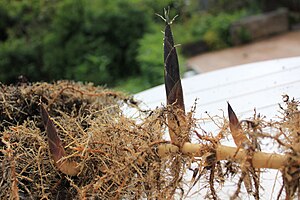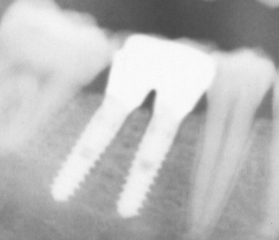[amazon_link asins=’0143037145,B007UR61A4,B008OHV4VK,B075JFM9HC,1539874176,B01K34FSPE,B000K6DPZ6,1455563293,B00NJMX1RK’ template=’ProductCarousel’ store=’finmeacur-20′ marketplace=’US’ link_id=’347069ae-6f02-11e8-81d5-732775f87a1b’]
Scientists are unlocking the secrets to forming long-term memory. :-
The human brain is continuously swamped with sensory information from all around — in the form of new sounds, sights, smells and tastes. The inputs lead to the formation of memory, which is vital to our survival.
The volume of data received is so enormous that only a small part of it enters our short-term memory. After a while, the brain decides what is to be stored for future recall. The process by which lasting memories are created has long been an enigma for scientists. Now, however, researchers have begun to fit the pieces of this great jigsaw puzzle.
Early this month, scientists at the Karolinska Institutet in Stockholm made an advancement when they discovered a mechanism that controls the brain’s ability to create memories that last months. Their experiments on genetically modified mice showed that the animals’ ability to form lasting memories could be switched on and off by simply adding a substance to the water they drank.
The brain’s ability to convert new sensory information into lasting memories is the basis of all learning. Much is known about the first few steps of this process — that is, those that lead to memories lasting a few hours. Scientists in the past have seen that altered signalling between neurons while they process a sensory input triggers a series of chemical changes in the connections between nerve endings. These changes are known as synapses.
“A lot is known about the early electrical and chemical events that take place (in the brain) in the first few hours after a memory-causing event. Much less is known about the mechanisms that lead to lasting memories, which typically happen in the next several days,” says Lars Olson, lead author of the study that appeared recently in the Proceedings of the National Academy of Sciences.
It is generally thought that lasting memories are formed by structural re-arrangements that occur in the contacts between nerve endings. The cerebral cortex, where these memories are stored, has nearly 400 trillion such contacts. The contacts may become larger or smaller, fewer or more in number, or may change positions to carry a novel memory. Once such plastic changes have occurred in the grey matter, the new memories become stored as a change in the brain circuitry. “Perhaps a bit like a firmware upgrade of a computer,” says Olson.
The Karolinska researchers have now discovered that a molecule called Nogo receptor 1 (NgR), found in nerve membrane, plays a key part in transforming short-term memories into lasting ones. Their study showed the gene that expresses this molecule has to be switched off for a sensory input to move to the realm of lasting memory.
To establish this, the Swedish researchers first created mice with an extra gene for NgR. In normal circumstances, the mice were able to switch off their own NgR gene when a learning task was given. But the extra NgR continued to remain switched on. The scientists had hypothesised that if the second NgR was working, the mice would have severely impaired abilities to form lasting memories. And they found this to be true.
The second set of experiments involved the use of an antibiotic, doxycycline, which when added to the drinking water inactivated the extra NgR. The mice which drank the water laced with doxycycline before the learning tasks were given didn’t have any difficulty in retaining their normal ability to form long-term memories.
“The study seems to be excellently designed and executed,” says Chittaranjan Andrade, professor of psychopharmacy at the National Institute of Mental Health and Neurosciences, Bangalore. “There is much research data available on NgR, but very little on its role in memory formation.”
According to Andrade, the subject is of significance because memory impairments characterise a number of neurological and psychiatric disorders such as Alzheimer’s.
The study comes close on the heels of another important one which provided glimpses into the role of sleep in the formation and consolidation of long-term memory. It has been known for more than a century that sleep is important for learning and memory. But till date, scientists haven’t been able to pinpoint the exact mechanism that makes it happen.
“I think sleep, particularly dream sleep, is an important component of memory consolidation. Recent experiences — that may be stored in a more temporary fashion — are evaluated such that some are permanently stored while others perhaps wither away,” says Olson. “However, we have not studied to which extent NgR regulation occurs specifically during sleep to allow consolidation.”
The scientists hope that their findings will help in the development of new treatments for memory impairing events such as Alzheimer’s disease, stroke and spinal cord injuries. Medicine designed to target NgR would be able to improve the brain’s ability to form long-term memories.
Source:The Telegraph (Kolkata, India)
![Reblog this post [with Zemanta]](https://i0.wp.com/img.zemanta.com/reblog_e.png?w=580)











